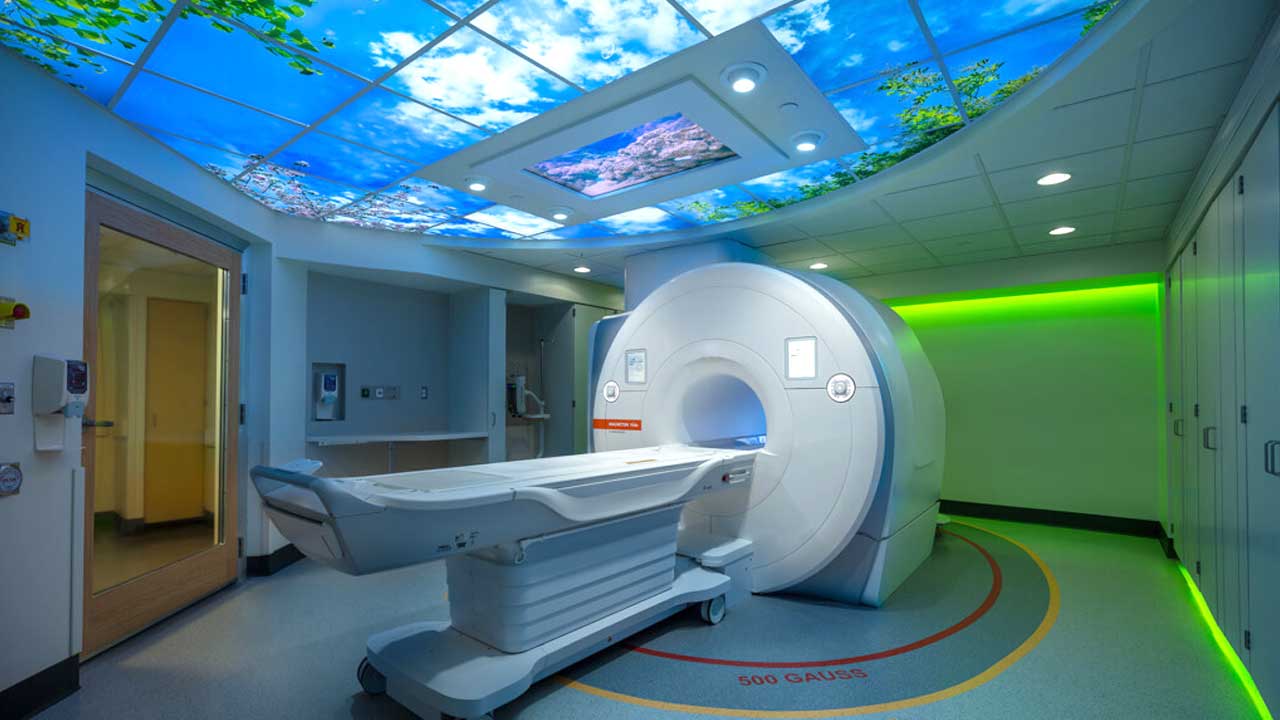MR technology has always moved toward innovations that provide higher quality scans, faster sequences and easier use. In the last few years, however, the industry has been moving toward innovations in patient comfort as well. From soothing room design to quieter operation, companies are pushing the envelope of comfort to increase patient satisfaction. One innovative way radiology departments are improving MR patient comfort is through the addition of an MR patient sound system. These audio systems allow technologists to clearly and easily communicate with patients while listening to their choice of music, all while providing the hearing protection needed during loud MR scans. MR sound systems vary in quality and cost so it is necessary to look at all options. Comparing offerings from different companies is essential in finding a system that ultimately fits your needs and budget. My facility has had great success with one developed by MRIaudio that produces high-quality audio while also providing superior ease of use for techs and patients.
MR patient stereo systems typically use an MR conditional transducer to route sound through pneumatic tubing into a nonmagnetic headset that delivers sound into patients’ ears. These systems avoid producing scan artifacts or distortions on the MR scans and can be moved and refitted on new systems. Check with your MR manufacturer because many of them offer sound systems at the time of purchase or later as an add-on. Adding a sound system is absolutely worth it on a new scanner, or even an older one that just needs an upgrade. Shopping for the right MR sound system can be challenging. There are several options, each touting its product as the leader in patient comfort. It is important to mention that some of the manufacturers offer trials and satisfaction guarantees on their products.
The goal is to provide patients with comfortable protection from potentially harmful noise the scanner makes, but without adding unnecessary complications to the technologist’s job. To this end, there are a few key factors to consider. First the level of hearing protection provided to the patient must meet or exceed standards. MR equipment can generate up to 110 decibels of sound. The accepted level of sound that the human ear can be exposed to without hearing damage for a prolonged period of time is 85 decibels, which means whatever hearing protection is used, it must be rated to block out at least 29 decibels of sound or the addition of earplugs is required. Safety aside, the next issue to consider is the system’s ease of use. Ease of use will determine how much the MR technologists will actually use the sound system.
The system may be connected and ready to go, but if the technologist forgets how to use it, or simply does not want to go to the trouble because it is too complicated, the sound system will be underutilized. The headsets or earphone components need to be durable to withstand a high-use imaging center/hospital environment. Hearing protection, ease of use, durability and customer support are key when selecting a sound system. Make sure to consider these factors.
One of the last things to consider, show the earphones will fit in your existing MR coils and equipment. If your department performs a lot of had and spine scans, an in-ear style headset that fits in a had coil will be required. Again, this headset needs to provide strong sound attenuation, at least 29 decibels, while also being comfortable for the patient. If not adequate, these factors could turn the MR sound system into an expensive paperweight. It is no secret that the medical industry is moving toward patient comfort as a solution to help the bottom line as well as developing a reputation for superior care.
Having a good MR audio system on provide a better MR environment by increasing patient comfort, which allows providers to advertise better customer satisfaction to attract more patients. Approximately 80 percent of clinical MRs haw some form of audio entertainment available to their patents, proving that an audio system is an integral part of the patient’s MR experience. About the author Keith Prince is the CEO of Sharp and Children’s MRS Center LLC.
Keith Prince
From the October 2017 issue of DOTmed HealthCare Business News magazine
